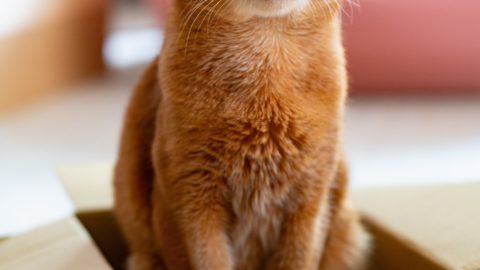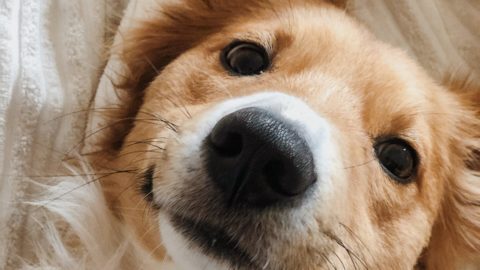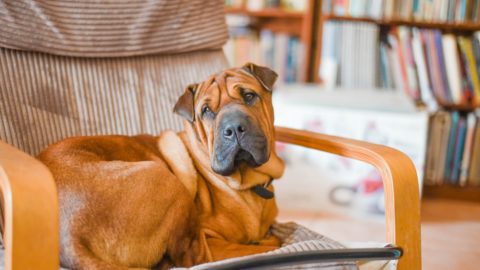In this excerpt from her pet behavior advice column, Dr. Megan Maxwell encourages pet owners to find opportunities to reward desirable behavior in their pets using natural reinforcers in daily routines.
New Beginnings
With the dawn of a new year often comes the embrace of new personal or professional goals and an extra dose of determination, so it may be helpful to seize this time and apply some of this New Year’s resolve to start or refocus on some strategies for training and raising your pet to the best of your ability and in line with the best available science and practice. Last month, I reviewed some important beginning tips for raising a puppy. This month, I follow up with a training and rearing strategy that is important throughout the lifetime of your relationship with your pet.
The “Nothing in Life is Free” program, also referred to as No Free Lunch or integrated compliance training, has been a well-loved and oft-recommended strategy of dog trainers and animal behaviorists for decades. The science and philosophy behind this tactic are straightforward: by requiring your dog (and even your cat!) to Sit for privileges throughout the day, you are finding opportunities to reward this calm, deferential, and attentive response using natural positive consequences such as being let outside, having the food bowl put down, or throwing the ball or cat toy. In the same way that parents require their toddlers to say Please or to ask for things without whining, pet owners can require their pets to “ask politely” by sitting for access to those things that they love and that we deliver.
Many owners find that it’s relatively straightforward to teach their dog (again, and even their cat!) to sit for a treat initially. Many basic obedience or puppy kindergarten classes can be a great help in this regard if your dog doesn’t yet know how to sit. Board certified animal behaviorists and veterinary behaviorists recommend the use of positive reinforcement to teach this response, so be sure to find a consultant or trainer who systematically embraces the use of food treats, joyful praise, and toy play as rewards in obedience training. Once your pet knows how to Sit for a treat, you should begin practicing in those natural contexts in which you would ultimately like her to Sit for other rewards. For example, get her dinner ready in her bowl and place it on the counter next to you. Bring out your training treat and have her Sit for the treat, using the same style and cues you have been using in your treat-based obedience training. When she sits, immediately praise her and put her food bowl down in front of her so that you are transferring from the treat as reward to the food bowl as reward. Similarly, when you are about to open the door for a walk or to let her into the yard, have her Sit with treat in hand at first, luring her as you initially learned in puppy kindergarten, then praise and open the door as the natural reward for sitting in that context.
This tactic of having a dog sit before being let outside highlights the common misunderstanding that dogs who walk outside ahead of their owners will become dominant or aggressive. There is no evidence to suggest this is the case. Instead, it’s important to have your dog sit before being let outside so that you are rewarding calm behavior rather than hyper or reactive behavior by letting a dog barrel out into the world with abandon. In the same way that you would teach your child to look to you (or at least carefully look both ways) before running into a street, it’s safer and demonstrates responsible leadership to ask your dog to look to you and then to sit or stand calmly and politely in order to be let outside. Especially for dogs who are aggressive on leash toward other dogs, people, or small animals, rewarding calm behavior before the walk has even begun is an essential first step.
Similarly, studies have clearly shown that toy-tugging with your dog does not create dominance aggression, but having your dog sit before tugging or for his ball throw is a great way to use a behavior your dog loves – playing with toys – as a natural reward for behavior you love – being calm and being a good listener. By using natural positive events and items in your pet’s life as rewards for gentle, calm, and attentive behavior, you are setting you and your dog or cat up for behavioral success in the new year and beyond.






